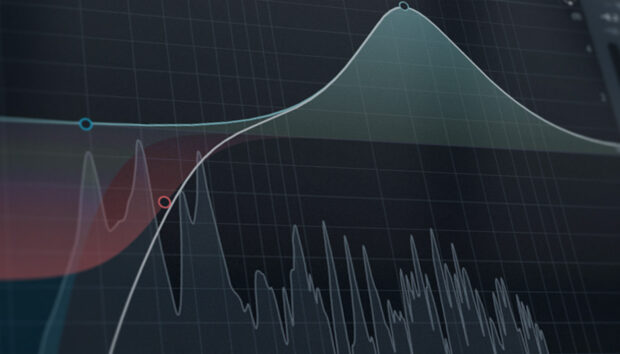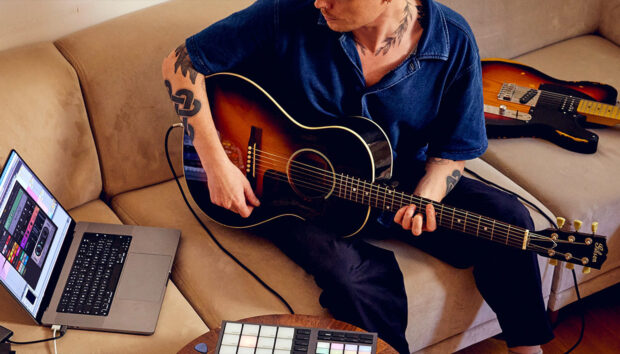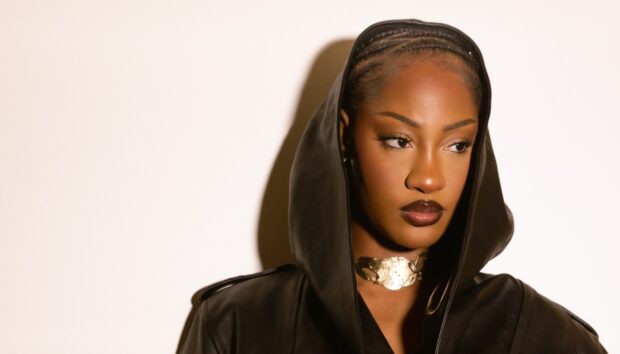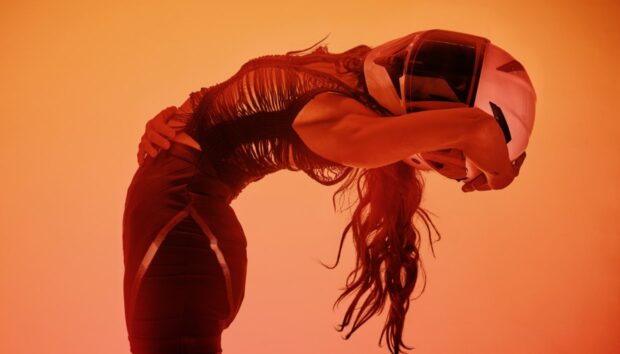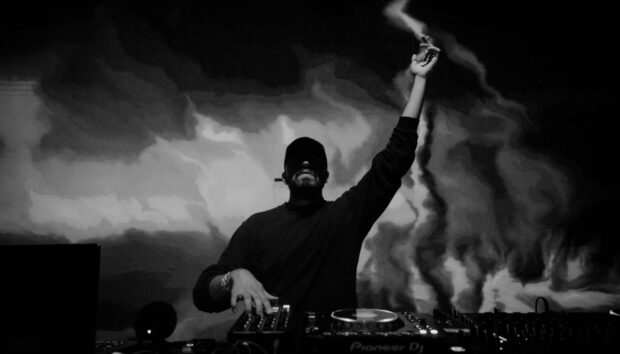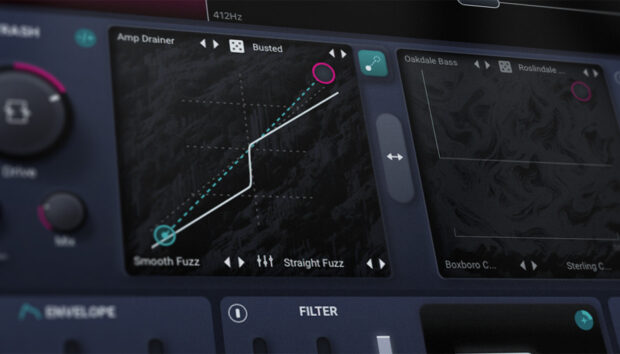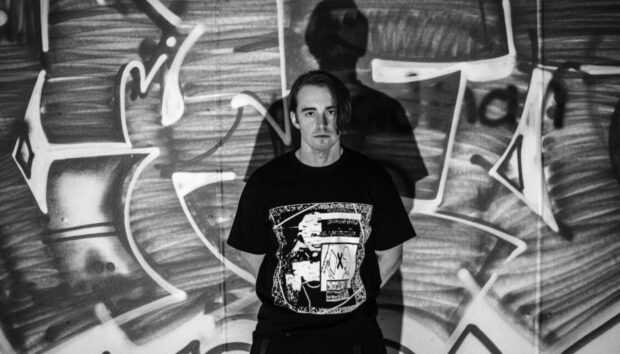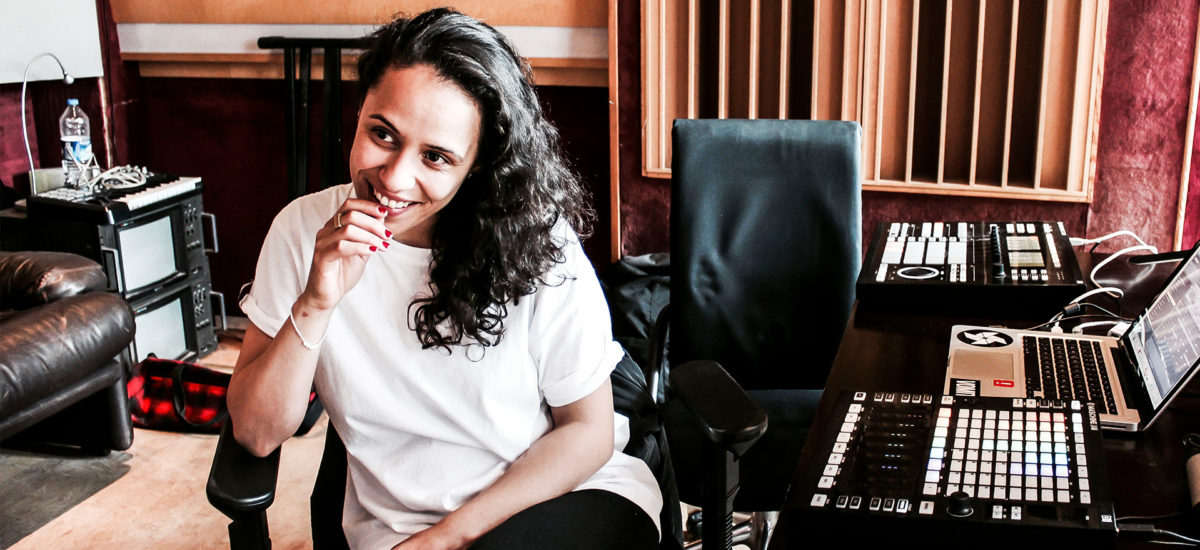
With a string of club-focused hit records on Exploited Records, the Vienna-based DJ and producer Joyce Muniz has been a driving force in European dance music since exploding onto the scene over a decade ago. Muniz, whose roots stretch back to Brazil, released her debut LP Made In Vienna last year, bringing together a wide array of global talents. Talking to Native Instruments from her Berlin studio, Muniz discusses the challenges she faced in translating the record into a live setting using MASCHINE JAM, as well as the techniques she used to make the album.
Tell me about your new album, Made In Vienna. What’s the concept behind it?
It took me almost two years to finish, in order to have a proper track selection together. I used to travel a lot, always with some basslines and some beats with me. Every time I came to a place like L.A. or London, I got in touch with people, and the only thing I had them do was record vocals. I started to collect all these works and put them together. Some of the tracks were very special, like not the classic DJ thing. Most of the singers come from totally different genres – indie, disco, hip hop.
The album is a get-together of many people that I met on the road. And when I finished it and had to find a name, I started thinking. Vienna is the place that gave me all my options, and I’m very thankful that this is where I started making music, where I got my know-how, and in the end, where I effectively ‘brought’ all these people back to. I’m not originally from Vienna – I was born in Brazil, raised in Vienna. I wanted to do something that got that point across. Everyone I worked with is from a different country. At the end of the day, the goal was to say to people that music has no borders. It doesn’t matter where you come from. Where you are is home.
And you’ve adapted this concept into a live set?
Yeah, and through the process of producing a live act, it’s kind of changed the way I work. At the same time Made In Vienna was released, I met Julian Enequist again – a musician who made two tracks with me for the album. I told him, “Look, my album is pretty mellow so I want to do something more techy for the live act, totally different.” We took the sounds of the album and combined them with live beats and vocals – it’s like a completely new thing. I also started to use Maschine more for the live act. I can travel with it, and it’s a lot of fun because it’s very easy to jam.
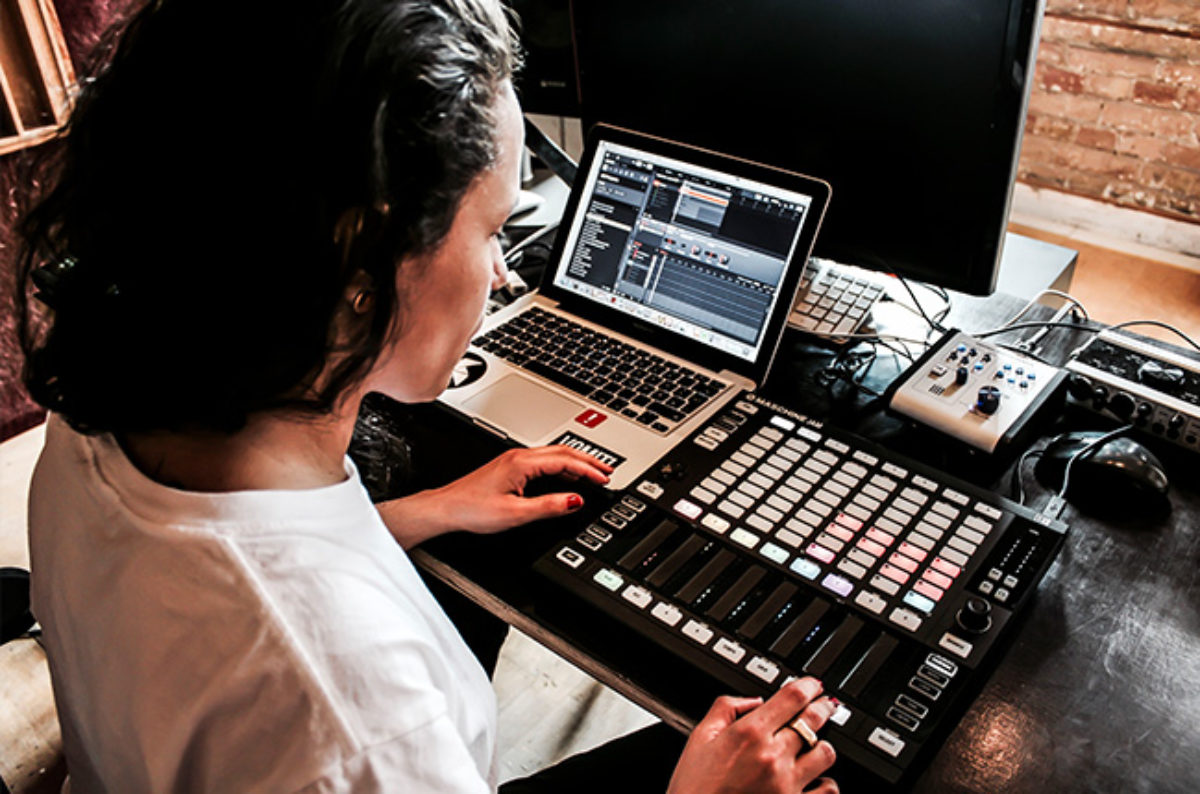
How does MASCHINE fit into your live set?
Maschine has become the soul of my live act. In the beginning, I was only using Maschine Studio, and now I’m mostly using Maschine Jam for the effects. The whole live act is produced with Maschine sounds. All the kicks, the hi-hats, the percussion, the bassline – they all come from Maschine. It makes a big difference because the sounds I use in the studio, I can now reproduce in the club. It’d be different if I just played some samples, you know? When everything’s coming directly from Maschine, it’s warm and booming.
What about in the studio? Does the final version of your track sound similar to the first sketch?
No, never. Sometimes I mix my own stuff with my studio partner in Vienna, but lately it depends on the track. For example, I just did a remix for Paul Simon, and the sounds were recorded in the 70s. The original sounds warm and amazing, but I had to do the remix and bring it to the future. I was struggling with the vocals, so I gave it to someone who knows how to work with these kinds of things. Nowadays, the way you mix tracks is so different. You’re not only mixing the tracks for radio, you’re mixing the track for the dancefloor, for iPhone, for this, for that. Some producers are like, “I don’t give my stuff out. I have to produce, I have to mix…” No. I totally feel that if I work with soulful vocals, why shouldn’t I let someone mix that vocal for me that knows how to? It’s just important that you work with the right people.
How do you know when a track is finished?
I’m happy I have a manager who stops me because otherwise I’d never finish. But besides that, when I travel and listen to the track again… if I smoke a joint and close my eyes, and can really feel it and I can dance to it, it’s definitely done.
How important is dance to how you perceive music?
I love to dance. My mom had a dance agency back in the day with my uncle – he was a choreographer from Brazil. A track has to change something inside you. Sometimes it’s more hands up, sometimes it swings, sometimes it’s head-banging, or sometimes it’s just inside of your brain. But it always has to move. It also has to move me in different ways. Sometimes I have tracks that are super big, like a banger – the distortion is going to kill everybody. And sometimes it’s the opening and closing set, and it’s dreamy, like a sunset. Other times, you have a more indie track with proper songwriting, proper vocals. But it always has to bring some kind of vibe. It has to be warm.
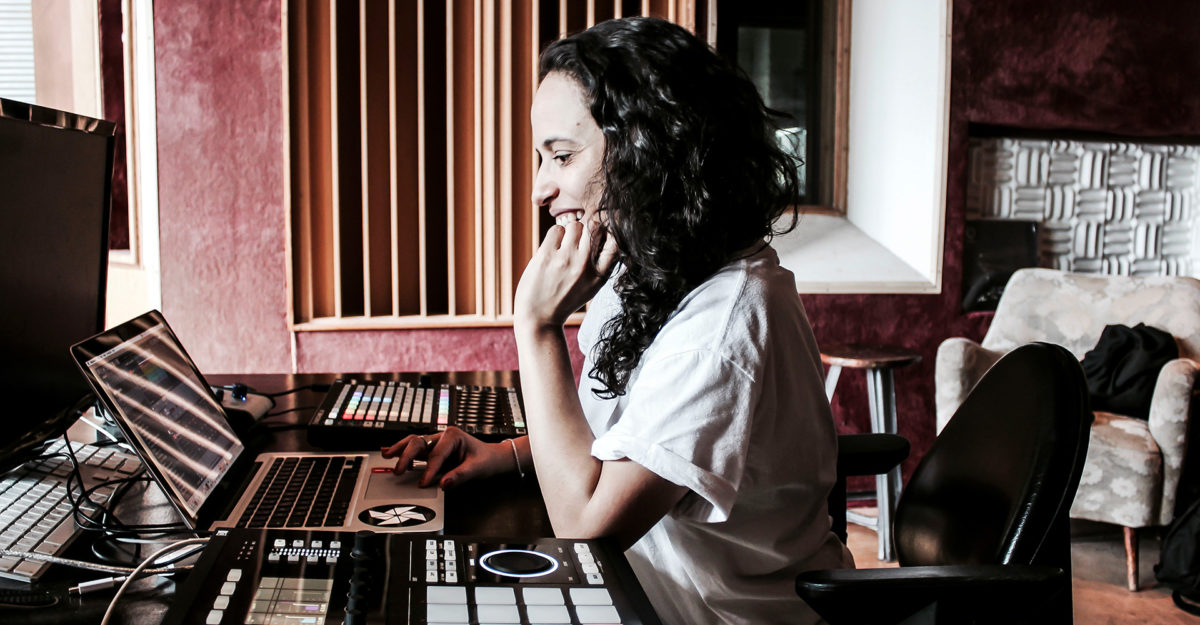
What obstacles do you encounter when producing?
I used to be super slow. I’d work for days on a track that would change four times: The bassline, the vocals. Nowadays it takes me, like, four hours to know if it’s going to keep working or not. For me, it’s the melody that’s the most important. Sometimes you have a proper kick, a proper hi-hat, proper snares, and percussion, but you don’t have a melody. When you have a proper melody, you’ve won the track.
That’s why the process of the album was really important for me, because Julian can play melodies for me – he’s a great keyboardist. I’m a percussionist – I always do the drums, but I have friends who play basslines or guitar.
What’s your favorite part of producing?
I really love doing the arrangements. Besides the melody, I think they’re the soul of the track. An arrangement can change so many things, and through it, you find out what’s missing. “Oh, let’s put the white noise here, let’s stop the vocals.” When it’s time for the arrangement, it means you have the song already – all the parts – so you can do the arrangement for 10 hours. It’s like a puzzle. In fact, this is actually how I do my arrangements. It’s more like jamming, like playing music.
photo credits: Eva Fredrichs








